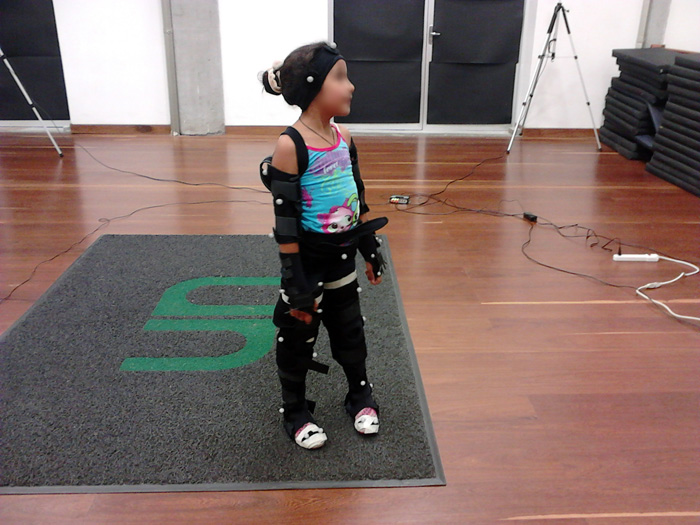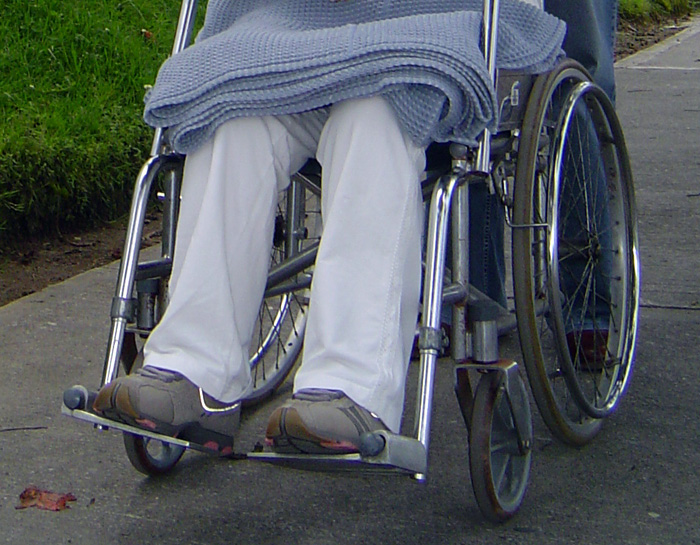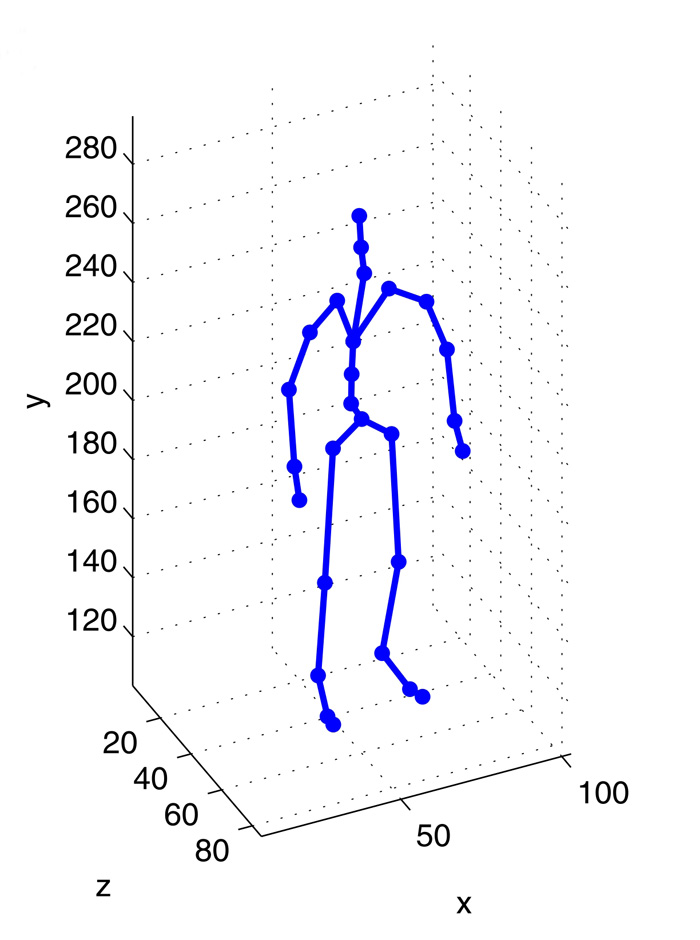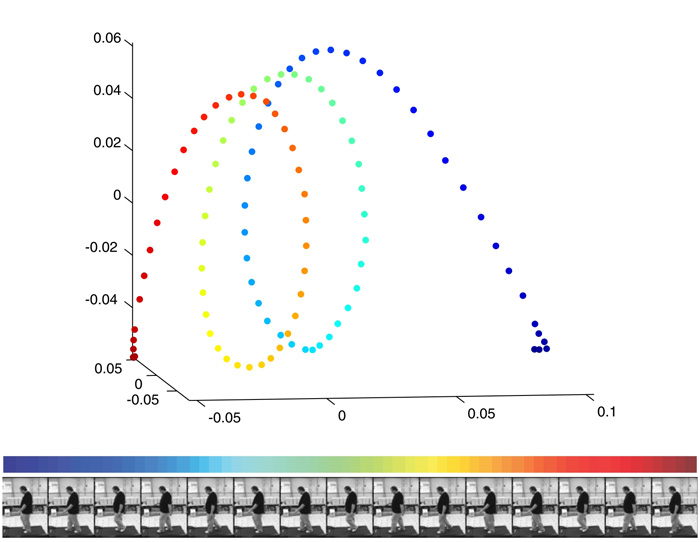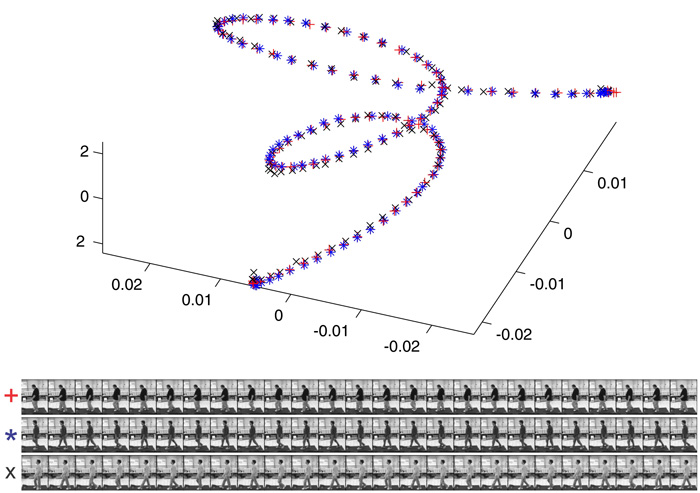Mercedes Valencia fell with serious consequences for her left foot; as a result, she had to be casted for a month. When she thought she was recovered, she tried to walk, but it was impossible for her due to the intense pain that stepping was causing on her.
The lesion was more serious that what she thought. The specialist in an attempt to save her leg, removed all the nerves from it, but this was useless. Her leg had to be amputated.
Mercedes had to attend different controls to the orthopedists, the rheumatologist, the specialist in pain management and the psychologist. Through therapies, she has begun a process in which she is trying to understand that her foot is not there anymore, and she is being trained to walk with prosthesis.
"I have been explained about this device that will help me walk, but I"m concerned that if it does not work or if it does not have the size my foot had, I will start felling pain again," asserted Mercedes.
According to Surgical Physician Alejandra Hurtado, "these insecurities are common in patients who had suffered amputations and need orthopedic prosthesis in order to improve their body movements. However, in most cases, neither patients nor health institutions are prepared to diagnose the degree of reliability, satisfaction or accuracy with which such equipments work and adapt in a person who needs them.
For this reason, the Group for the Control and Processing of Digital Signals (CPDS, for its acronym in Spanish,) of Universidad Nacional de Colombia in Manizales, coordinated by researcher German Castellanos, had just created a new program that allows health specialist to analyze human movements, as well as analyzing the process of rehabilitation and habituation in a patient to these types of devices, before being adapted. This program was conceived as a complement for medical examinations.
In the presence of strange bodies, it is common that the affected extremity swallows or develops and infection for the proliferation of bacteria, causing pain. This is common when the device is not adjusted to the size of the mutilated organ.
For Gerardo Daza Santacoloma, electronic engineer, PhD in engineering and part of the CPDS group, studying human movements is very important since each signal that it sends can reveal different situations. "For instance, when someone limps, it does not necessary mean a bad functioning of the articulations (hips or feet), it can be a dysfunction in the spinal column or neurological problems associated to diseases such as Alzheimer and Parkinson, mainly."
Based on proposed computer models, diagnosis can be supported, and the evolution of such abnormalities can be verified in order to obtain more accurate results and use less invasive procedures, asserted Daza Santacoloma.
This new tool is based on a technique called Locally Linear Embedding (LLE), used to study the response of living biological systems to an external stimulus (prosthesis), mentioned the electronic engineer.
However, "we found three aspects of LLE that we had to improve: the tuning of free parameters (the user of this technique has to know and establish initial values for final results to be conclusive, such as the number of adjacent video frames to be considered and the amount of applied regulations), cost effectiveness (objective analysis and correct interpretation of data) and the simultaneous management of multiple variables (possibility of examining different data at the same time in order to make comparisons)," asserted the expert of the CPDS group.
It is important to mention that there is an excessive amount of measurements that define the characteristics of any type of movement, for example, the cadency and length of the cycle, speed, flexion/extension of the hip, flexion/extension of the knee, dorsiflexion/plantarflexion of the ankle, among others.
If these measurements are not accurate enough, wrong appreciations of the person"s problem can be made, as well as omitting situations that, with time (joints and bones degeneration), can affect the recent problem.
This technique allows making a computer model of the behavior that patients have when using the prosthesis. The movements that these individuals perform are the first step to evaluate their progress during the rehabilitation process.
The evaluation is focused on the assisted diagnosis in orthopedics that, among other features, can be made by capturing all movements produced by every joint (knees, hips, anklets, wrists, shoulders, etc.), in order to offer a more complete diagnosis.
Daza Santacoloma explains that "when capturing movements made by a person and analyzing them using this technique, we can know if the problem is related to a deviation of the spine, hip problems, knee problems, or any other abnormality. Besides, it helps quantifying objectively the rehabilitation of patients treated due to this type of problems, permitting a better recovery process."
Taking into account the relation between motor and neurological problems, this program could be decisive to predict and detect at an early age diseases such as Parkinson or any unknown neurological disease the patient may suffer.
 Correo Electrónico
Correo Electrónico
 DNINFOA - SIA
DNINFOA - SIA
 Bibliotecas
Bibliotecas
 Convocatorias
Convocatorias
 Identidad UNAL
Identidad UNAL



